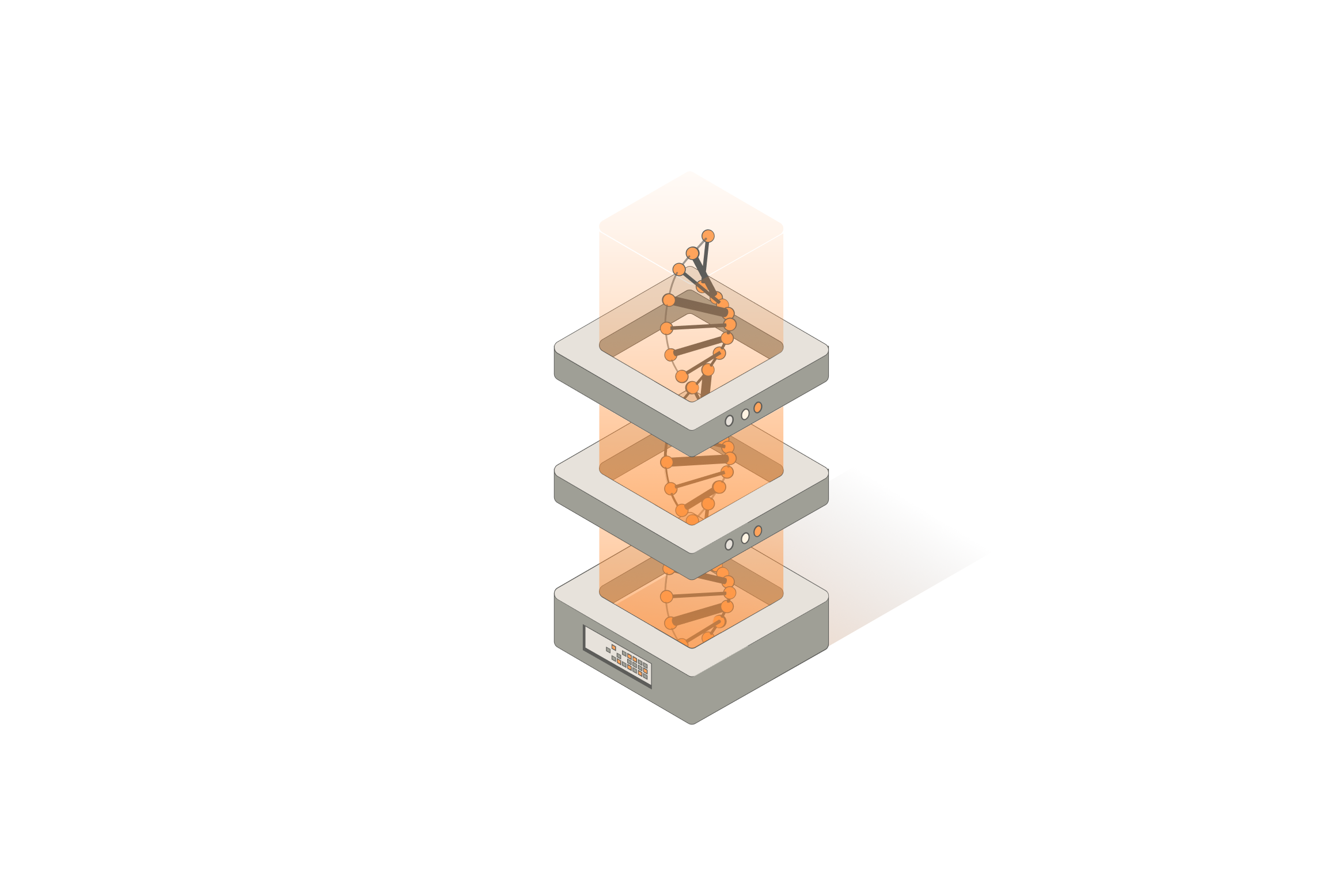Artificial Intelligence vs Machine Learning vs Deep Learning



These terms often intermingle in discussions about cutting-edge technologies, leading to confusion and ambiguity. In this post, we aim to shed light on the distinctions between AI, ML, and deep learning, unraveling the layers of complexity to provide you with a clearer understanding of each concept.
Whether you're a tech enthusiast, a business professional, or simply curious about the inner workings of these powerful tools, join us as we explore the fascinating realm where intelligence meets innovation.
Artificial Intelligence
Artificial Intelligence refers to the development of computer systems that can perform tasks that would typically require human intelligence. AI aims to create intelligent machines that can perceive, reason, learn, and make decisions similar to or even surpass human capabilities.
Key points of AI
- ai is the science of making things smart
- simulated human intelligence
Narrow AI
Also known as Weak AI, narrow AI is designed to perform specific tasks within a limited domain. Examples include voice assistants like Siri, recommendation systems, and image recognition software. Narrow AI focuses on solving specific problems and does not possess general intelligence.
Here are some examples of narrow ai
- identifying tumors on CAT scans
- identifying spam
- text classification
Narrow AI systems are built to excel at a specific task or set of tasks, but they lack the ability to generalize their knowledge or adapt to new situations outside their designated domain
General AI
Also known as Strong AI or AGI (Artificial General Intelligence), general AI refers to machines that possess human-like intelligence and can understand, learn, and apply knowledge across various domains. General AI can perform any intellectual task that a human being can do. Achieving true general AI remains an ongoing research challenge.
At present, there are no widely recognized examples of fully realized General AI systems, but the only "real-life" example I have is the iRobot movie Will Smith starred in back in 2004. A great classic film, I'd recommend it.
Machine Learning
Achieving AI through systems that can learn from experience to find patterns in a dataset. Can be reused and trained with new data without modifying code.
Machine learning is a subset of AI that focuses on the development of algorithms and models to help computers make predictions and decisions.
Machine learning algorithms typically work by iteratively analyzing and processing large amounts of data, extracting meaningful patterns or features, and then using those patterns to make predictions or take actions. The learning process involves adjusting the model's parameters based on feedback from the data, allowing it to improve its performance over time.
Machine learning techniques can be applied to various domains, such as image recognition, natural language processing, speech recognition, recommendation systems, and many others.
Real-life examples of machine learning.
- An algorithm that blocks spam based on what is classified as spam mail from past reports from users.
- A system that blocks an IP address of a node based on suspicious network behavior that may be common with other nodes that may have compromised other networks in the past.
- Marketing software that predicts which products will sell out during the spring season from past sales data.
Enjoying the content?
Learn more about me and get access to exclusive content about software engineering and best business practices.
Subscribe